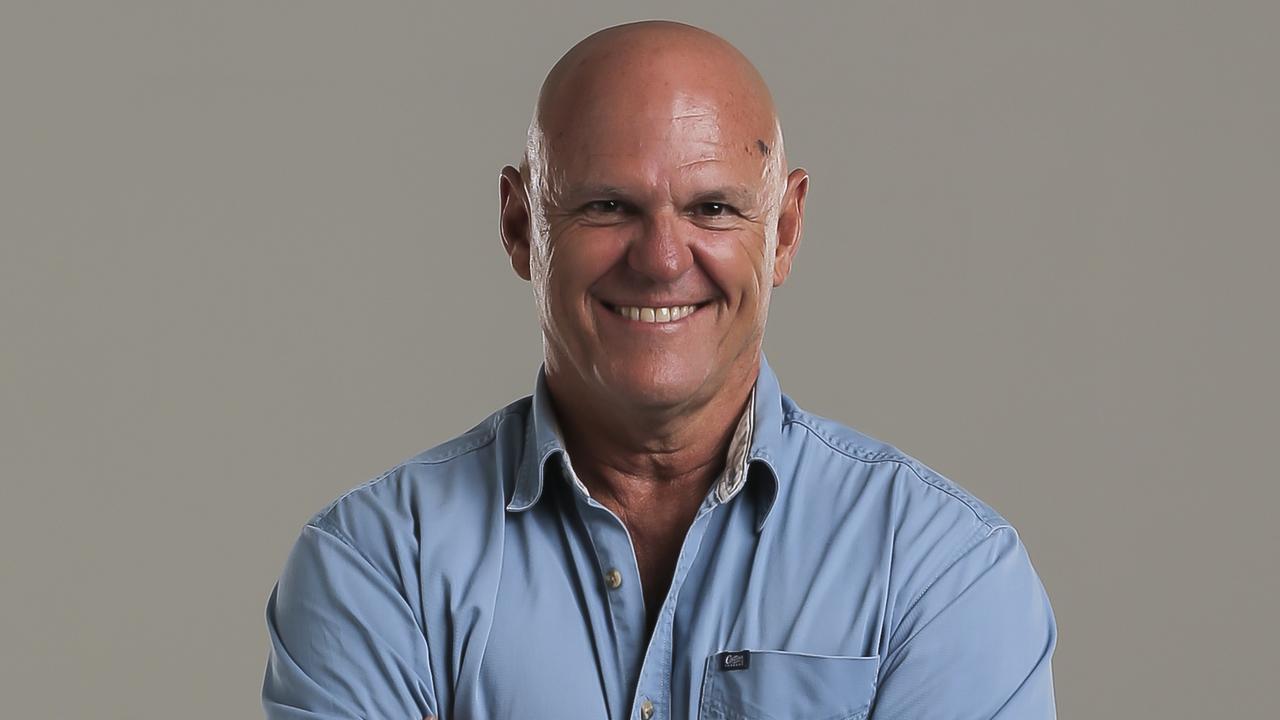Opinion: Voters the biggest roadblock to infrastructure funding
IF YOU’RE wondering why government can’t just get on with the job of funding vital infrastructure, take a look in the mirror.
Opinion
Don't miss out on the headlines from Opinion. Followed categories will be added to My News.
YESTERDAY’S update of Infrastructure Australia’s priority list sees the welcome addition of the Brisbane-to-Gold Coast transport corridor upgrades as a “priority initiative” addressing the damaging cost of congestion.
But keeping Cross River Rail in the “initiative” rather than “project” group won’t commit the Commonwealth to an investment approval, and seems in conflict with the tremendous benefits this project will bring to the whole southeast Queensland region.
While refinement of project business cases is one thing, the real challenge is how to fund our increasing demand for major roads, rail, water and productivity-enhancing infrastructure.
A soon-to-be-released report by BIS Shrapnel indicates Queensland is staring at a $1 billion hole in being able to fund critical public infrastructure within three years.
The state’s total debt also continues to surge towards $80 billion by the end of the decade.
We now have an acute infrastructure funding challenge emerging in Queensland, placing us at grave risk of a return to eras past that saw unacceptable and ever-increasing backlogs in major infrastructure delivery.
The need for reforms remains central to generating greater revenue to invest back into infrastructure.
Unfortunately, it’s a complex and vote-sensitive subject that governments and political parties shy away from.
And, if the policymakers are to be believed, dear reader, the problem is – in a word – you.
Apparently, you’re not ready to be re-engaged on asset leasing, the virtuous recycling of capital back into job-generating new infrastructure.
Nor are you ready to be swayed from the popular myth that more debt to fund productivity-enhancing infrastructure is anathema.
You’re probably not ready to engage on payment of a modest levy to support a game-changing local project.
And you’re definitely not even close to accepting a new, more effective way to charge road users based on actual use rather than the failing system of fuel excise and rego.
And so, there we have it, “public barriers” to reforms are assumed to be insurmountable.
Underlying this assumption is the persistent misalignment between Commonwealth and state governments in terms of the recognition for, and willingness to adopt, a productively bipartisan, long-range approach to infrastructure funding.
That is, one less concerned with the loss of votes and consequences upon the next election cycle, and more concerned with addressing a growing problem that will be bequeathed to forthcoming generations.
Last week’s comments by former Treasury boss Ken Henry couldn’t have been better timed. Despite being reliant on each other like never before to co-fund projects, public spats between governments have now reached epidemic proportions.
It’s little wonder that the public wallows in the depths of confusion over the options being debated by the powers that be for the future funding of their infrastructure.
Whilst the Townsville City Deal provides a ray of hope, we’re entitled to ask why fiscally constrained governments won’t work more effectively together to stretch our taxpayer dollar.
Aside from the necessity for political alignment and consistency, there is a basic need to communicate with the public in a manner it can understand.
Reforms of this nature are sensitive matters: they have consequences for people’s everyday lives.
At face value, the introduction of a new levy, tax or user charge doesn’t ring with resounding appeal to Joe or Jane Public. Thus, the conversation is one that must be had in terms to which the average citizen can relate.
To the public, it’s a conversation about queuing for the bus, getting stuck for an hour in traffic, and the ability to pay utility bills. It’s not about GDP and macroeconomics.
Experience indicates that when the public has the matter explained in terms it can relate to, vast numbers of the citizenry not only support this type of reform, they often demand an explanation as to why sluggish politicians have sat on their hands for so long.
The asset recycling, debt reduction and reinvestment program in New South Wales is a case in point.
Authorities and political parties can’t, however, initiate this type of productive communication in the absence of leadership alignment and mature, solutions-based communication between the levels of government, supported by a coherent and consistent policy.
Without this, the status quo will persist: poor public consultation, a head-in-the-sand mentality and/or Mexican stand-offs between the Commonwealth and state governments, emotive grandstanding by politicians and near total inertia on reform.
Steve Abson is chief executive officer of the Infrastructure Association of Queensland


